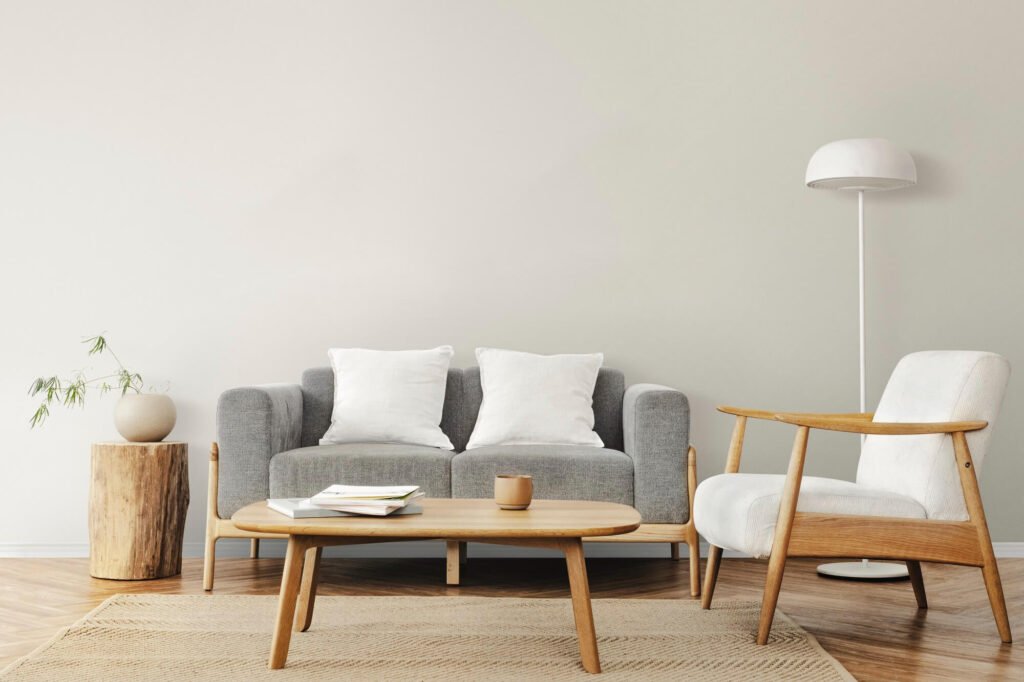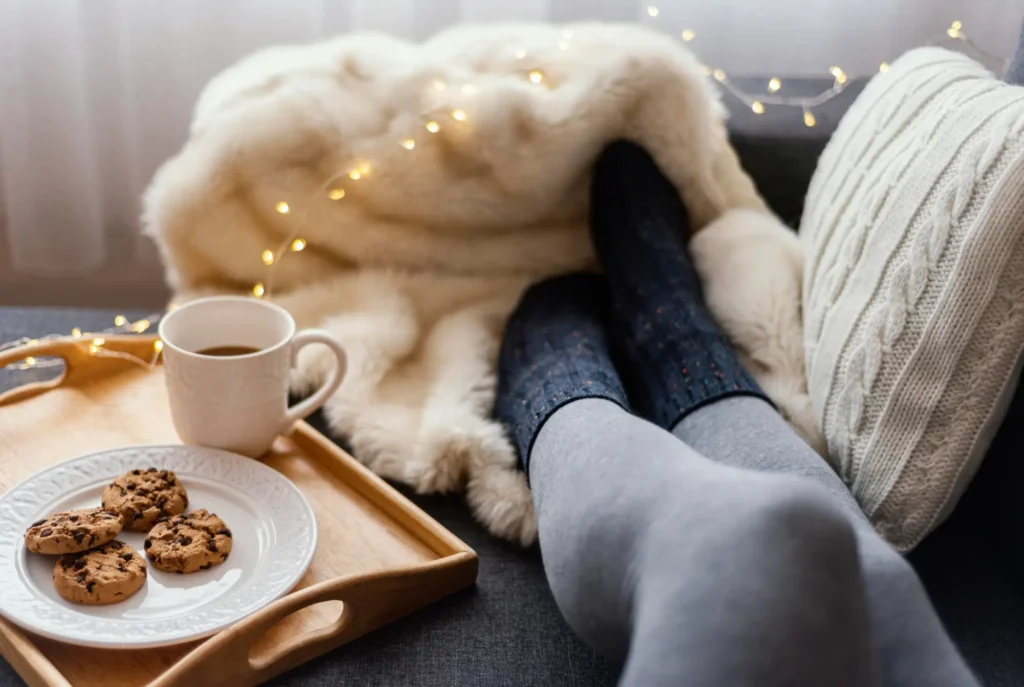Retail therapy is a term that refers to the act of shopping as a means to improve one’s mood or emotional well-being. It is often seen as a way to indulge in material possessions and find temporary happiness through the act of purchasing items. However, there is often a stigma surrounding retail therapy, with many people dismissing it as frivolous or materialistic. In reality, retail therapy can have positive effects on mental health and can be a valuable tool for self-care and personal growth.
The Science Behind Retail Therapy: How Shopping Can Boost Your Mood
There is scientific evidence to support the idea that shopping can boost your mood and improve your overall well-being. When we shop, our brains release dopamine and endorphins, which are neurotransmitters associated with pleasure and happiness. These chemicals create a sense of reward and satisfaction, leading to an improved mood.
In addition to the release of dopamine and endorphins, the colors and scents present in stores can also have an impact on our mood. Research has shown that certain colors, such as blue and green, can promote feelings of calmness and relaxation, while others, like red and yellow, can evoke excitement and energy. Similarly, pleasant scents can have a positive effect on our mood, with studies showing that certain smells can reduce stress and anxiety.
Understanding Retail Therapy and Its Positive Effects on Mental Health
Furthermore, the novelty and excitement of shopping can also contribute to its mood-boosting effects. The anticipation of finding something new or discovering a great deal can create a sense of excitement and adventure. This sense of novelty can stimulate the brain and increase feelings of happiness and satisfaction.
The Psychological Benefits of Retail Therapy: How It Can Improve Your Emotional Well-Being
Retail therapy can have several psychological benefits that contribute to improved emotional well-being. One of the main benefits is the sense of control and empowerment that comes from making choices and decisions while shopping. In a world where many aspects of our lives are beyond our control, shopping allows us to have agency and make decisions based on our personal preferences and desires. This sense of control can boost self-esteem and confidence, leading to improved emotional well-being.
Additionally, retail therapy can help reduce symptoms of anxiety and depression. Engaging in an enjoyable activity like shopping can provide a temporary distraction from negative thoughts and emotions. It can also serve as a form of self-care, allowing individuals to focus on themselves and their own needs. This self-focus can help alleviate symptoms of anxiety and depression by providing a break from the stressors of daily life.
Retail Therapy as a Stress Reliever: How Shopping Can Help You De-Stress and Relax
Shopping can be a powerful stress reliever, providing a much-needed break from the pressures and responsibilities of everyday life. When we shop, we are able to temporarily escape from our worries and immerse ourselves in a different environment. This distraction can help reduce stress levels and promote relaxation.
Furthermore, the act of shopping itself can be physically and mentally relaxing. Walking through stores, browsing through items, and trying on clothes can be a form of gentle exercise that releases tension in the body. Additionally, the act of making purchases can provide a sense of accomplishment and reward, further contributing to feelings of relaxation and satisfaction.
Retail Therapy and Self-Care: How Shopping Can Help You Take Care of Yourself
Self-care is an important aspect of maintaining good mental health, and retail therapy can be a valuable tool in this regard. Taking care of oneself involves prioritizing one’s own needs and engaging in activities that bring joy and fulfillment. Shopping can be one such activity, as it allows individuals to indulge in their personal preferences and desires.
By incorporating shopping into their self-care routine, individuals can create a sense of balance and fulfillment in their lives. This may involve setting aside time to go shopping alone or with friends, or it may involve treating oneself to something special as a reward for achieving a personal goal. Whatever the approach, retail therapy can be a way to prioritize self-care and ensure that one’s own needs are being met.
The Social Benefits of Retail Therapy: How Shopping Can Improve Your Relationships
Shopping can also have social benefits, improving relationships and enhancing communication skills. When we shop with friends or family members, it becomes a bonding experience that allows us to spend quality time together. It provides an opportunity to connect on a deeper level, share experiences, and create lasting memories.
Furthermore, shopping can also be a way to meet new people and expand our social circles. Whether it’s striking up a conversation with a fellow shopper or interacting with store employees, shopping can provide opportunities for social interaction and the development of new relationships.
Additionally, shopping can enhance communication and social skills. It requires us to interact with others, whether it’s asking for assistance or negotiating prices. These interactions can help improve our ability to communicate effectively and build rapport with others.
Retail Therapy and Personal Growth: How Shopping Can Help You Learn More About Yourself
Shopping can be a powerful tool for personal growth and self-discovery. When we shop, we have the opportunity to explore our personal style and preferences. Trying on different clothes and experimenting with different looks allows us to express ourselves and discover what resonates with us on a deeper level.
Furthermore, shopping can also lead to the discovery of new interests and hobbies. Exploring different stores and products exposes us to new ideas and trends, which can spark curiosity and inspire us to try new things. Whether it’s discovering a new passion for cooking after browsing through a kitchenware store or developing an interest in interior design after visiting a home decor store, shopping can open doors to new experiences and opportunities for personal growth.
Moreover, shopping can also prompt reflection on our values and priorities. When we make purchasing decisions, we are forced to consider what is truly important to us and what aligns with our values. This reflection can lead to a deeper understanding of ourselves and our desires, contributing to personal growth and self-awareness.
The Connection Between Retail Therapy and Creativity: How Shopping Can Inspire You
Shopping can be a source of inspiration and creativity, providing ideas and stimulation for self-expression and artistic pursuits. When we shop, we are exposed to new ideas, trends, and styles. This exposure can spark our imagination and inspire us to think outside the box.
Furthermore, shopping can stimulate our creativity by providing us with the tools and materials needed for artistic endeavors. Whether it’s purchasing art supplies, fabrics for sewing, or ingredients for cooking, shopping can provide the resources necessary to pursue creative hobbies and passions.
Additionally, shopping can inspire self-expression through personal style. By experimenting with different clothing items and accessories, we can create unique looks that reflect our personality and individuality. This self-expression can be a form of artistic expression and can contribute to a sense of fulfillment and satisfaction.
The Drawbacks of Retail Therapy: How to Avoid Overspending and Other Negative Consequences
While retail therapy can have many positive effects on mental health, it is important to be mindful of its potential drawbacks. One of the main risks associated with retail therapy is overspending and accumulating debt. It is easy to get caught up in the excitement of shopping and make impulsive purchases that exceed our budget. To avoid this, it is important to set a budget before going shopping and stick to it. It may also be helpful to leave credit cards at home and only bring cash or a debit card with a predetermined limit.
Another potential negative consequence of retail therapy is the potential for addiction or compulsive behavior. Some individuals may develop a reliance on shopping as a coping mechanism for stress or emotional distress. If you find that you are using shopping as a way to escape or numb negative emotions, it may be helpful to seek professional help or support from a therapist.
To practice responsible and mindful shopping, it is important to be aware of your motivations and intentions when engaging in retail therapy. Ask yourself why you are shopping and what you hope to gain from it. By being intentional and mindful, you can ensure that your retail therapy experiences are positive and contribute to your overall well-being.
Conclusion: How to Make the Most of Retail Therapy and Use It to Nourish Your Soul
Retail therapy can be a valuable tool for improving mental health and well-being when approached with intention and mindfulness. By understanding the positive effects of retail therapy on mental health, we can make the most of this activity and use it to nourish our souls.
To incorporate retail therapy into a healthy lifestyle, it is important to prioritize mental health and well-being above material possessions. This means being mindful of our motivations and intentions when engaging in retail therapy, setting boundaries and limits to avoid overspending, and seeking support if necessary.
Additionally, it is important to remember that retail therapy is just one tool in the toolbox of self-care. It should not be relied upon as the sole source of happiness or fulfillment. Instead, it should be used in conjunction with other self-care practices such as exercise, meditation, spending time with loved ones, and pursuing hobbies and interests.
By approaching retail therapy with intention, mindfulness, and balance, we can harness its positive effects on mental health and use it as a tool for personal growth, self-expression, relaxation, and connection.
If you’re looking to add a touch of Scandinavian design to your home, then you won’t want to miss out on our article, “A Beginner’s Guide to Scandinavian Design.” This informative piece dives into the principles and elements that make up this popular design style, as well as tips on how to incorporate it into your own space. From minimalist furniture to clean lines and natural materials, discover how you can create a cozy and stylish Scandinavian-inspired home. Check out the article here.



Pingback: Online Shopping 101: Top Brands to Look Out for in Your Virtual Cart - SHOPNAVIAN
Pingback: The Future is Here: Discover the Best Products of 2024 - SHOPNAVIAN